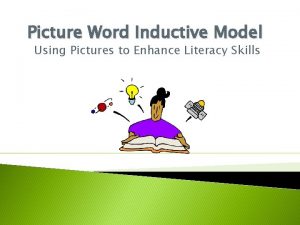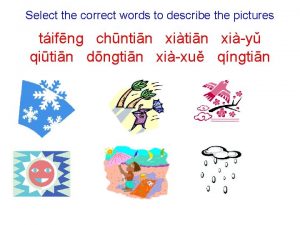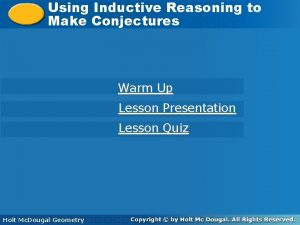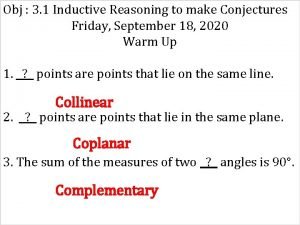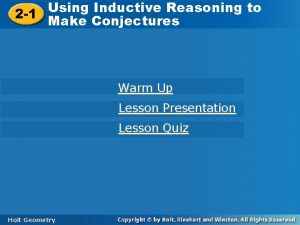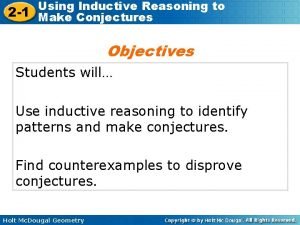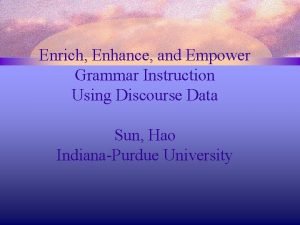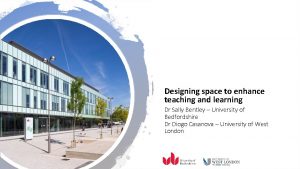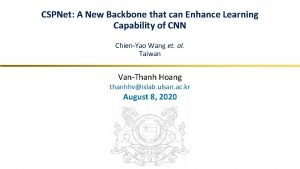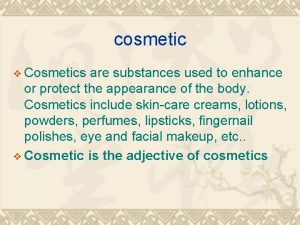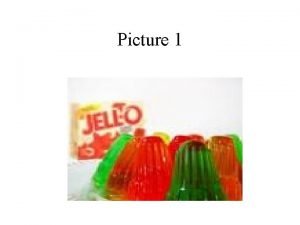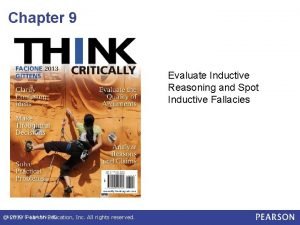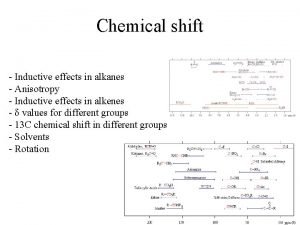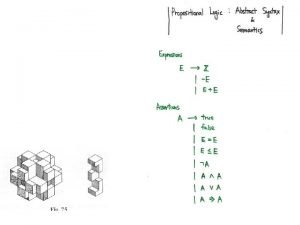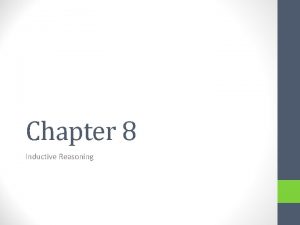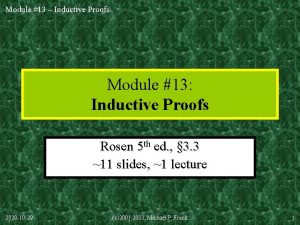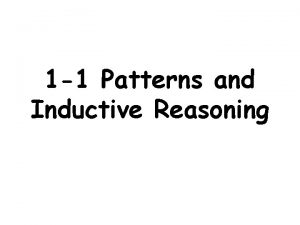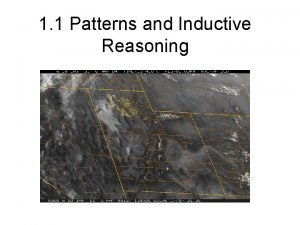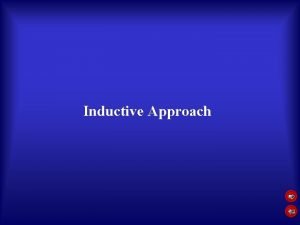Picture Word Inductive Model Using Pictures to Enhance












- Slides: 12

Picture Word Inductive Model Using Pictures to Enhance Literacy Skills

What is the Picture Word Inductive Model ? � The Picture Word Inductive Model (PWIM) is an inquiry based language arts strategy that uses pictures of familiar objects or actions to elicit words from student’s listening and speaking vocabularies. � The PWIM is designed to teach reading, writing, and the language system. � A major principle of the model is that students have the ability to make generalizations that can help them master the conventions of language.

Why Use PWIM? � Leads students to inquire about words � Adds words to sight vocabulary and writing vocabulary � Helps students discover phonetic and structural principles � Helps students use observation and analysis in their study of reading, writing, comprehending, and composing

Getting Started � Selecting Pictures ◦ Select pictures and photographs that are familiar, tangible, concrete and attractive ◦ For older students choose pictures that also relate to other content areas ◦ The picture can open an area of study or serve as a focal point for discussion

Sources for Pictures � Calendars � Posters � Old Magazines � Enlarged Photographs � Grades 3 -6 should need about 15 -20 pictures for the entire school year

Identify Themes and Ideas in the Picture � Students visually read the picture � “Shake out” the words – generate a list of words that identify items or actions found in the picture � Teacher records the words as students generate them leaves whiskers mask gray nose

Reading and Reviewing the Picture Word Chart � After generating the word list, begin all following PWIM lessons by reading and reviewing the chart together. � With older students try to move the class toward silent practice and individual reading. � Select certain words for reading or spelling emphasis.

Classifying the Words � After reading and reviewing the words, students will need to classify the words � Some examples of classifications: physical characteristics, food sources, plurals, words that begin with the same letter, color words � Older students should become more articulate about the categories they form and their attributes

Adding Words � Once students have generated the original word list, ask them to find other words that belong � Scan other literature about the topic to locate new words to add to the chart � Older students need to be given more responsibility for locating additional words

Generating Sentences and Paragraphs � Take the categories from classifying words and generate sentences and paragraphs. � In this way, students can understand how classifying content can help them organize their ideas into informative prose. � Classify sentences into groups that form the basis for paragraph development.

Reading and Reviewing Sentences and Paragraphs � Read and review the sentences and paragraphs generated by the students. � Allow students the opportunity to do independent writing in their journals and create new sentences related to the chart. � Use opportunities to create multiple paragraph works that are related to other content areas like science or social studies.

In Conclusion… � “Using an integrated language arts approach to teaching and learning is not simply ideological, but is an instructional tool that saves time and builds learning skills that will last a lifetime for students. ” (Calhoun, 1999)w � The PWIM is an extremely effective tool for teachers to use as they strive to meet this goal for all students.
 Pwim posters
Pwim posters Describe the following picture by using the correct word
Describe the following picture by using the correct word Using inductive reasoning to make conjectures answers
Using inductive reasoning to make conjectures answers Conjecture
Conjecture Using inductive reasoning to make conjectures
Using inductive reasoning to make conjectures Using inductive reasoning to make conjectures
Using inductive reasoning to make conjectures Grammar to enrich and enhance writing
Grammar to enrich and enhance writing Fashion cycle
Fashion cycle Enhance an image
Enhance an image Cspnet
Cspnet Cosmetics are substances that are used to enhance
Cosmetics are substances that are used to enhance Enhance an image
Enhance an image Nanyang jc subject combination
Nanyang jc subject combination
